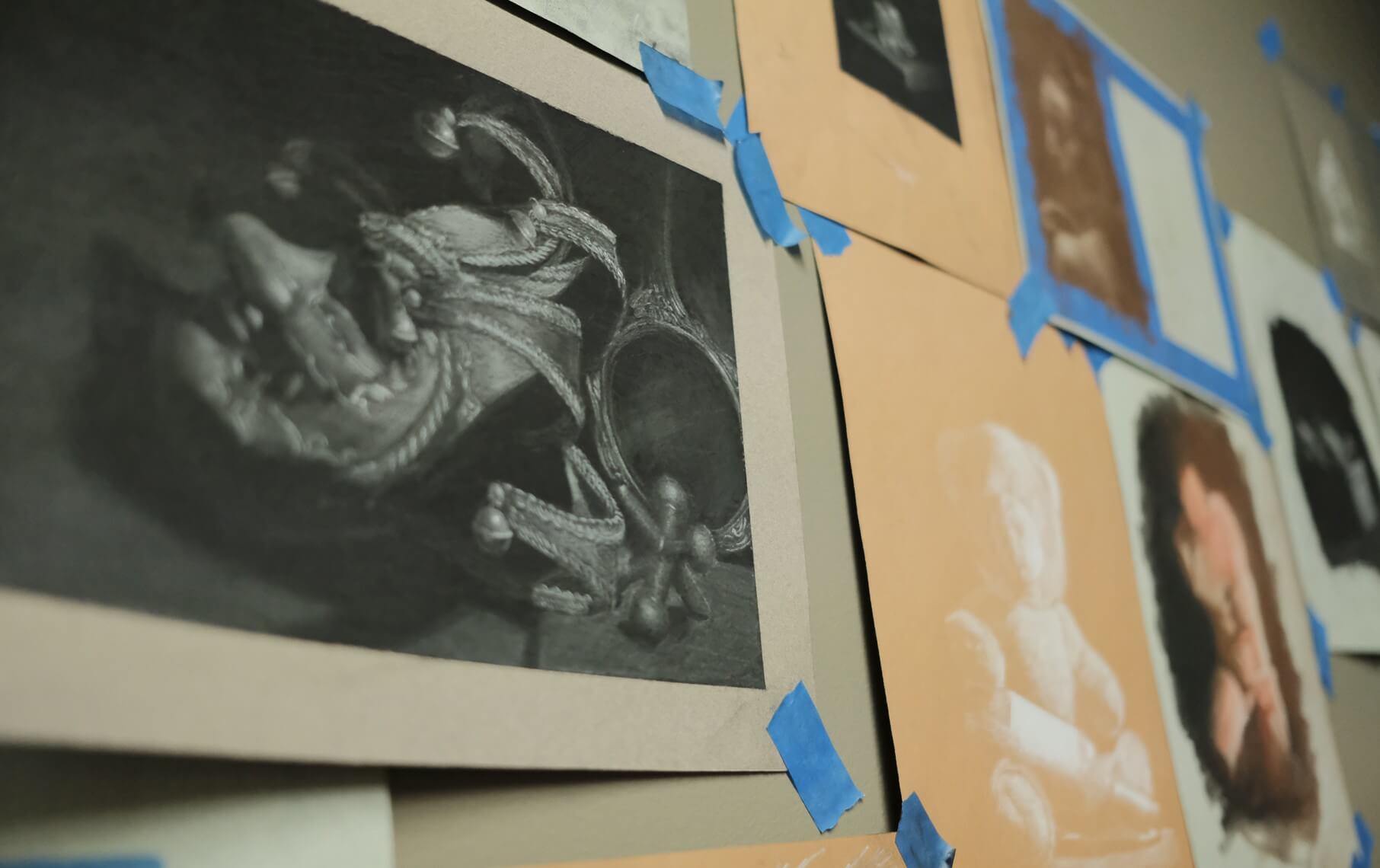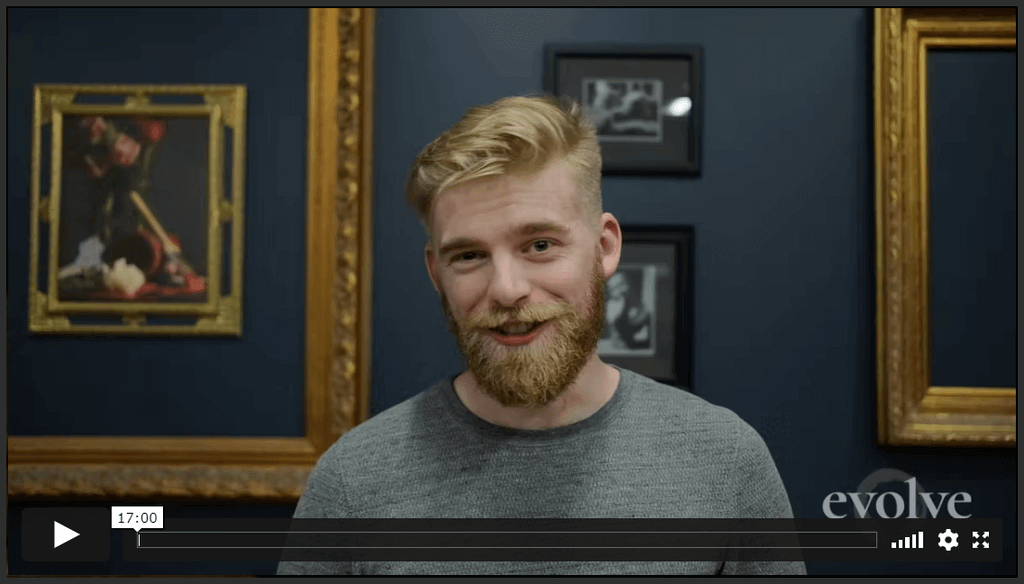Is My Painting Finished?
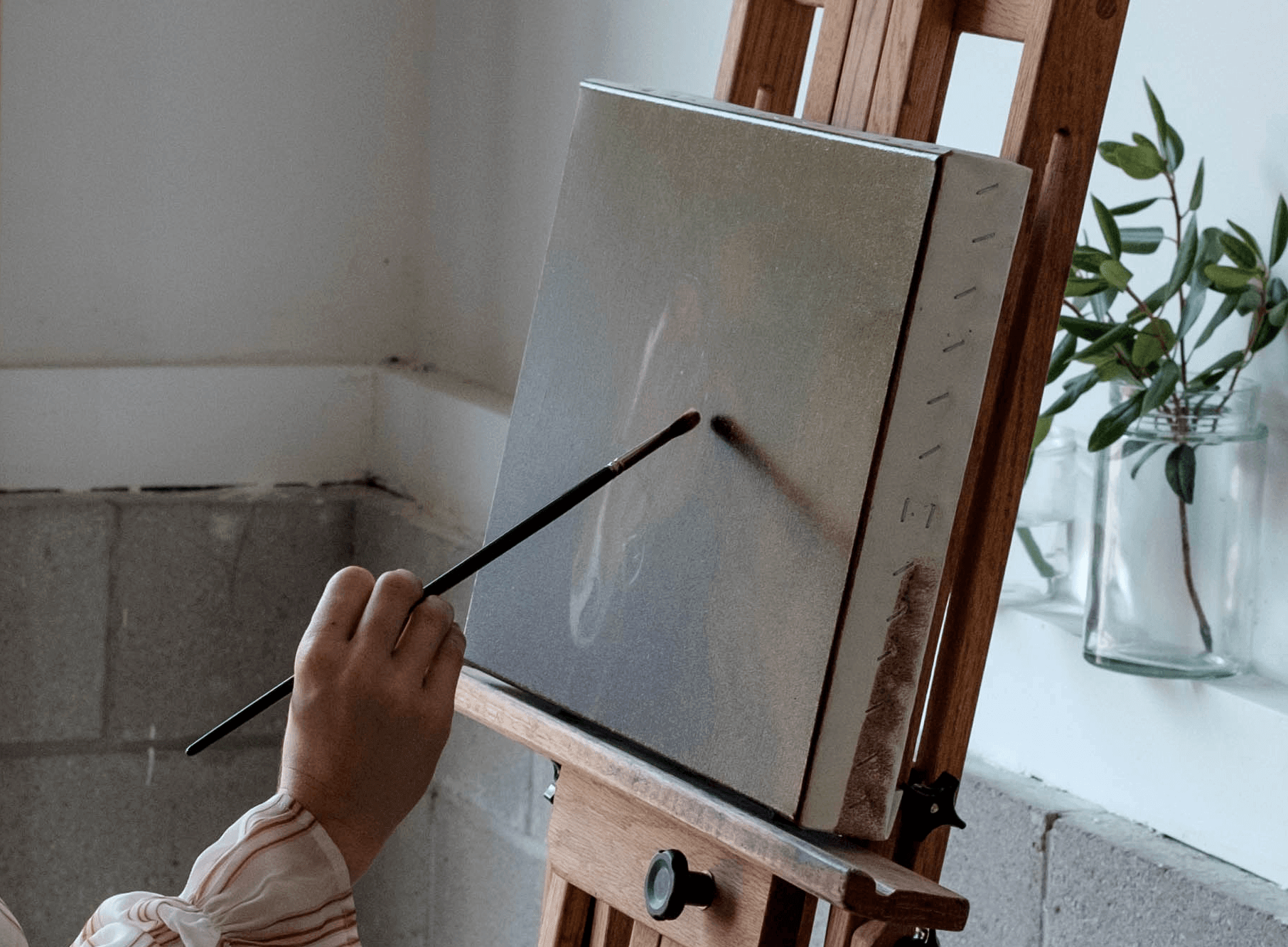
It can be difficult to know if a painting is done, but by asking yourself one careful question, you can find the answer every time! (Photo courtesy of Piper Talladay by Echo Chen)
More...
How do you know when a painting is finished? Sometimes it can prove difficult for artists to truly know if their work has been made complete or if it needs just a bit more work.
In our school in New Jersey, the students often come to me and ask, “Kevin, can you look at this? I think my painting is done”. These questions always receive the answer, “You think it is done, or you know it?” and end with the student going back to their easel to fix the issues they can clearly see within their work.
As a student, the decision and knowledge that your painting has been finished lies on your shoulders alone. An experienced teacher will help to guide you, but as long as you remain diligent in your work and correct the issues you can see, then you can know when to call your painting finished.
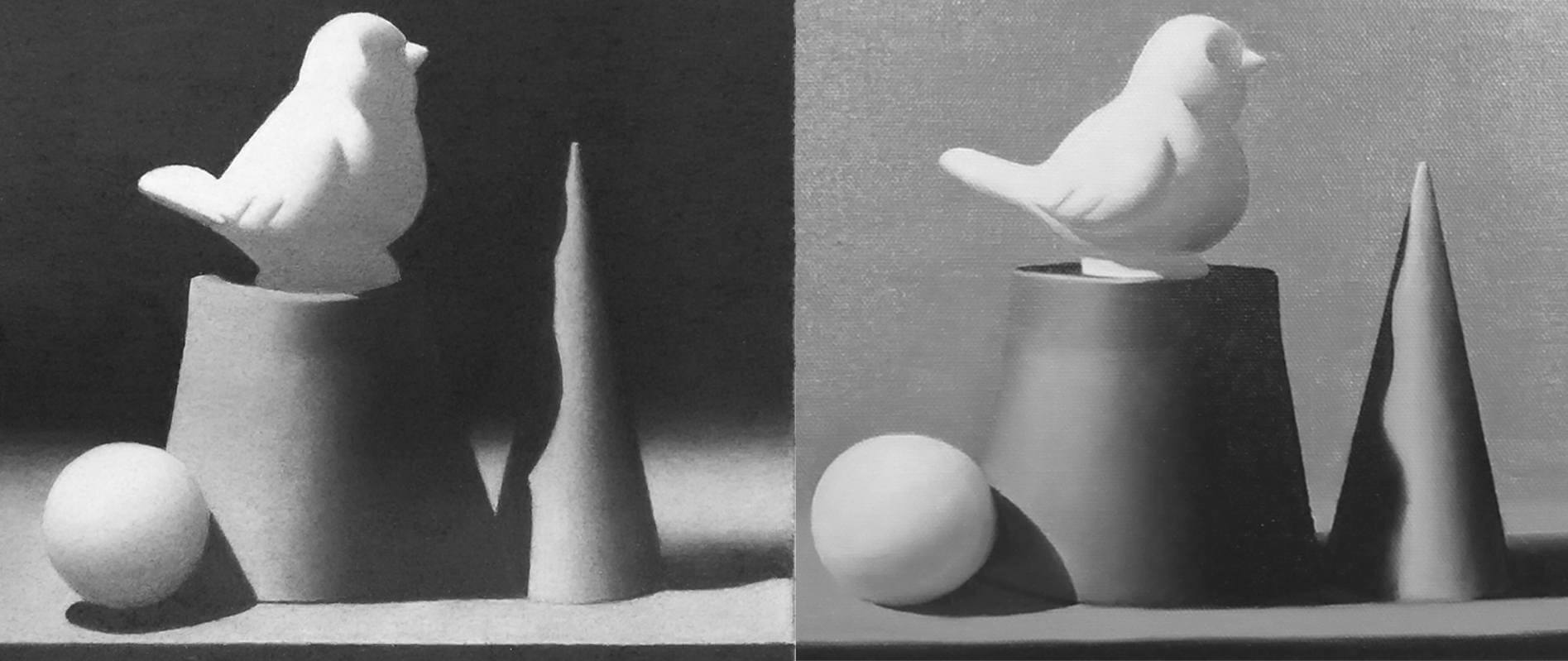
At Evolve, our students are taught to look first for simple mistakes as they work, and then increase their vocabulary to more difficult pieces with more complex issues. You can see the marked learning that happens between this Block 1 piece and this Block 2 piece with increased detail by Evolve student Annelie M.
Look for Mistakes
At the school, we utilize a certain standard to figure out whether or not a painting is finished. First, the student looks at their own work, scanning to see if they can find anything out of place.
Then, they ask themselves, “Do I know how to fix this issue?” If they answer yes, then they fix the problem, which improves the painting and moves it along closer to the end goal of excellence.
If they answer "no", this means they can see issues but do not know how to fix them. And in that case, they have finished the painting.
You can rarely fix something if you do not have the knowledge to do so. If a student cannot see a problem with their painting, then nothing needs correction from their perspective. An experienced teacher can see hundreds of issues with any student's painting. However, great teachers realize the student can and should ignore the majority of those mistakes at this point in their education.
You can rarely fix something if you do not have the knowledge to do so.
When I look at students’ work, I look through eyes that have been refined and trained for over thirty years. I will always see mistakes they cannot perceive. As they progress in their education they will learn to see those things over time.
But in the studio, if a student looks at a painting and cannot find anything wrong, or they do find something wrong, but do not yet know how to fix it on their own, then they can call the painting finished.
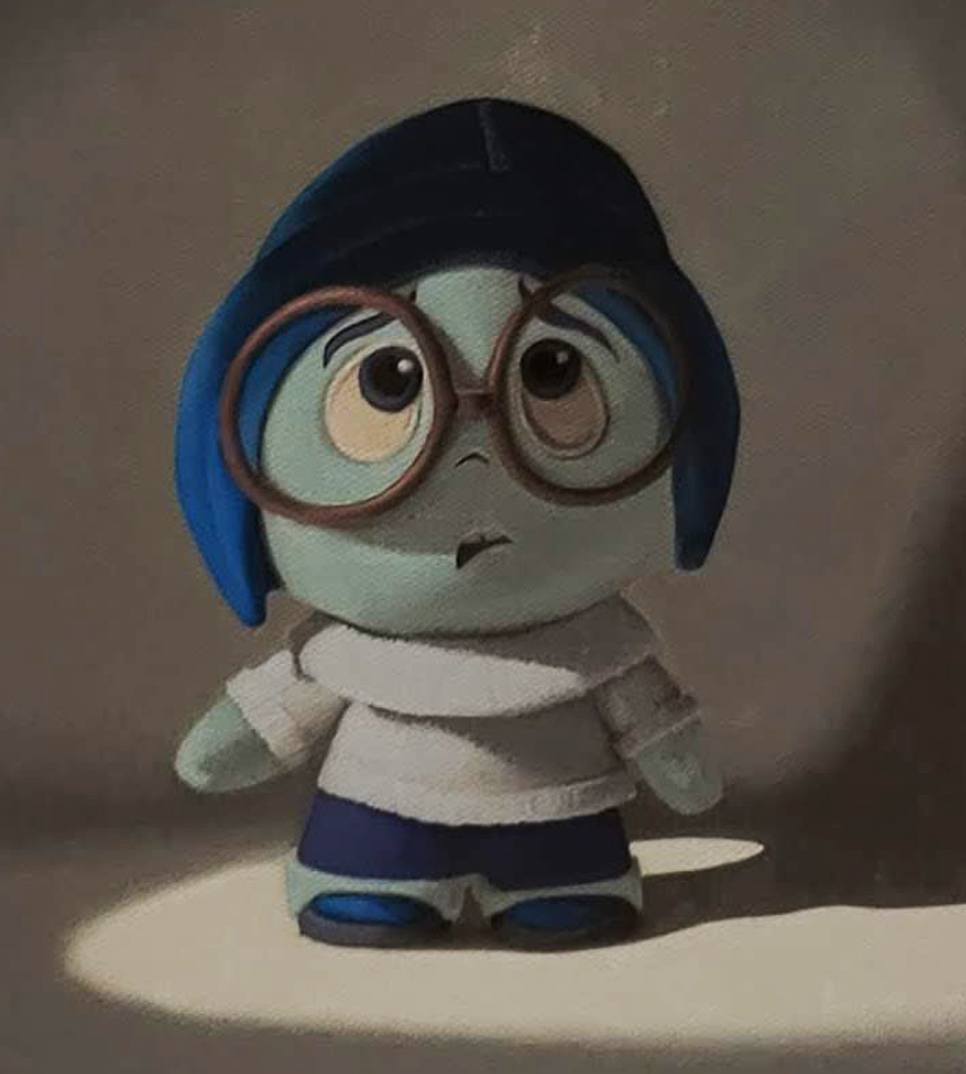
Carefully working within a set of strict guidelines and holding herself to hight standards, Evolve student Sheila J. produced this beautiful, dynamic painting.
Hold Yourself to High Standards
It does a student very little good to have an instructor point out every issue in their work in order to call a painting finished. Not only can it become confusing, but it prevents them from learning how to demand excellence from themselves.
As an artist, if you can see something in your work that needs correction, then it remains your job to fix. A teacher does not need to stand over your shoulder and proof your quality control. Quality control sits in the hands of the artist. Once you have received the correct education, you need to demand excellence from yourself in order to continue to grow.
Refusing to settle for mistakes that you know how to fix in your artwork changes you as an artist. When you take that level of responsibility, look at finished paintings for issues that you can fix, and then fix them, you will grow as an artist.
This then becomes a habit, whether you do it for three or thirty years. And approaching your work each day like this will result in art that steadily improves over time.
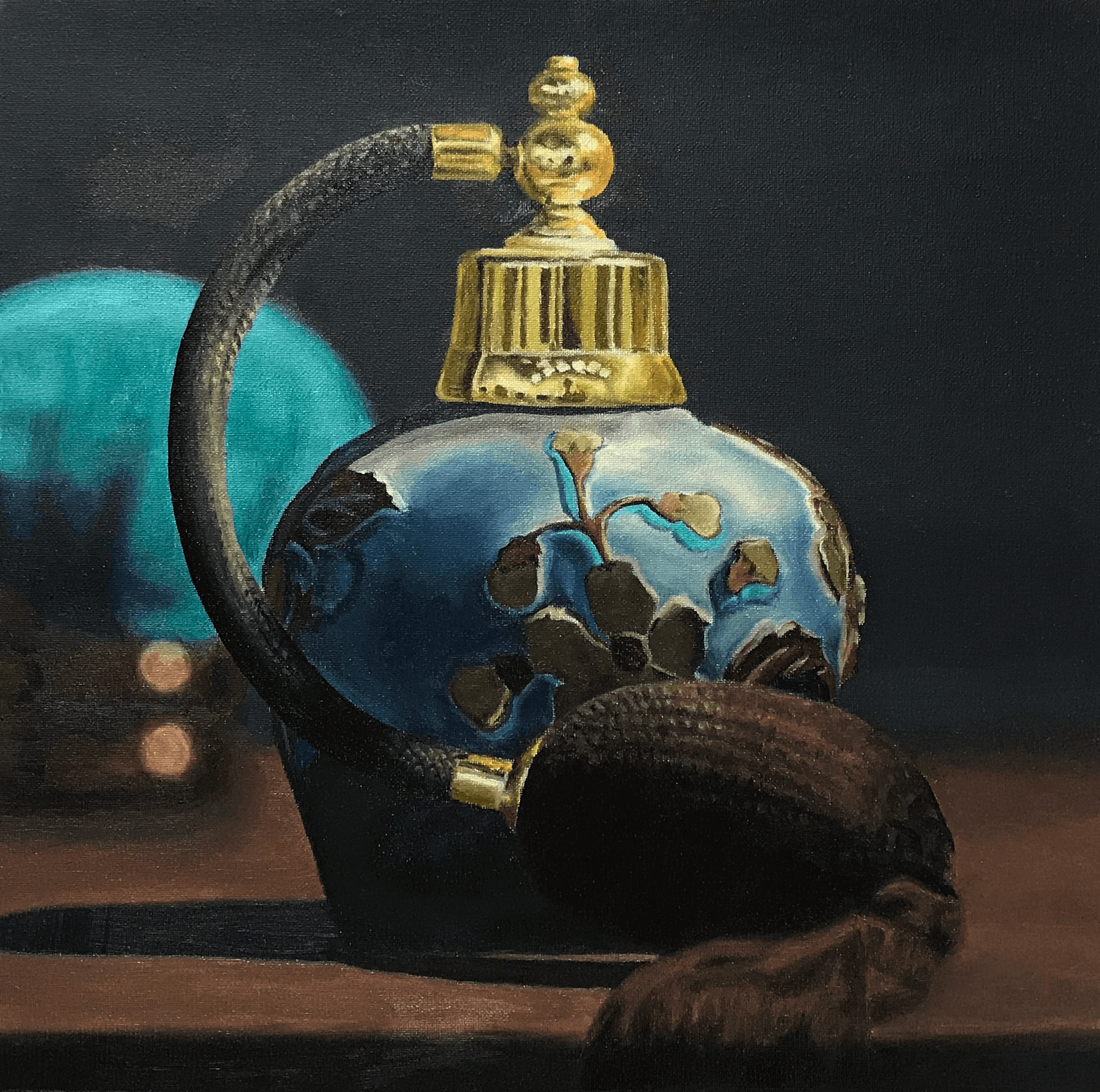
Evolve student Craig H. shows his careful attention to detail and excellence in this Block 4 piece.
Know When to Stop
Another mark of a growing and learning artist appears in seeing a mistake, realizing they do not understand how to fix it, and then choosing to leave it alone.
Very little learning occurs from fumbling around with mistakes. A trusted teacher can help to guide you, but on your own, simply leave them alone. Two or three paintings from now, you may look back and have already solved the problem through the natural course of making paintings.
And so you can look back, see your mistakes, and now you know how to fix the problem because you approached the issue differently this time and had new knowledge.
The more you paint, the more you will see. So five or ten paintings down the line, your mistakes ten paintings ago will become glaringly obvious. As you progress not only do you see more problems in your paintings because your ability to perceive has grown, but you will become able to work through and solve those problems as they arise.
As you paint more and more, the level of things you cannot see will become elevated, but whatever remains below that only gets better and better.
Conclusion
Artists must be responsible for their own work, which will help them to know when a painting is finished. This means stepping back after you finish your work and looking for things that could be potentially right or wrong.
The goal remains to move the painting forward to a finished place, not to make a lateral change where the painting does not improve. If you cannot see a clear way to improve the painting, then the painting is done. Eventually, we will learn and these issues will resolve, but getting into the trenches without knowing what to do can prove disastrous for a painting.
Your work is finished when you decide so based on the criteria above. A teacher does not hold the responsibility to tell you when a painting has reached its end. And you do not want to rely on them to! You will not always have someone to stand behind you and tell you to put down your brushes.
So the things that lie in your power and understanding to fix, you must fix. Demand excellence from yourself and your work will consistently improve.


